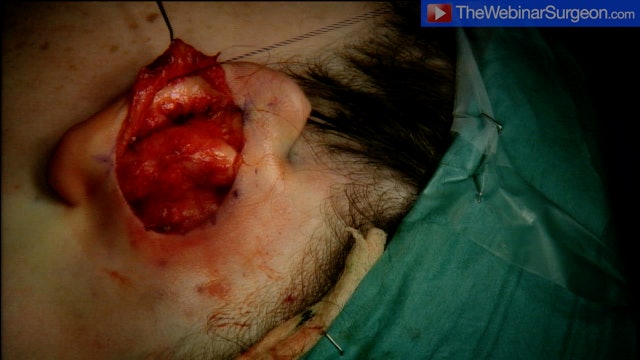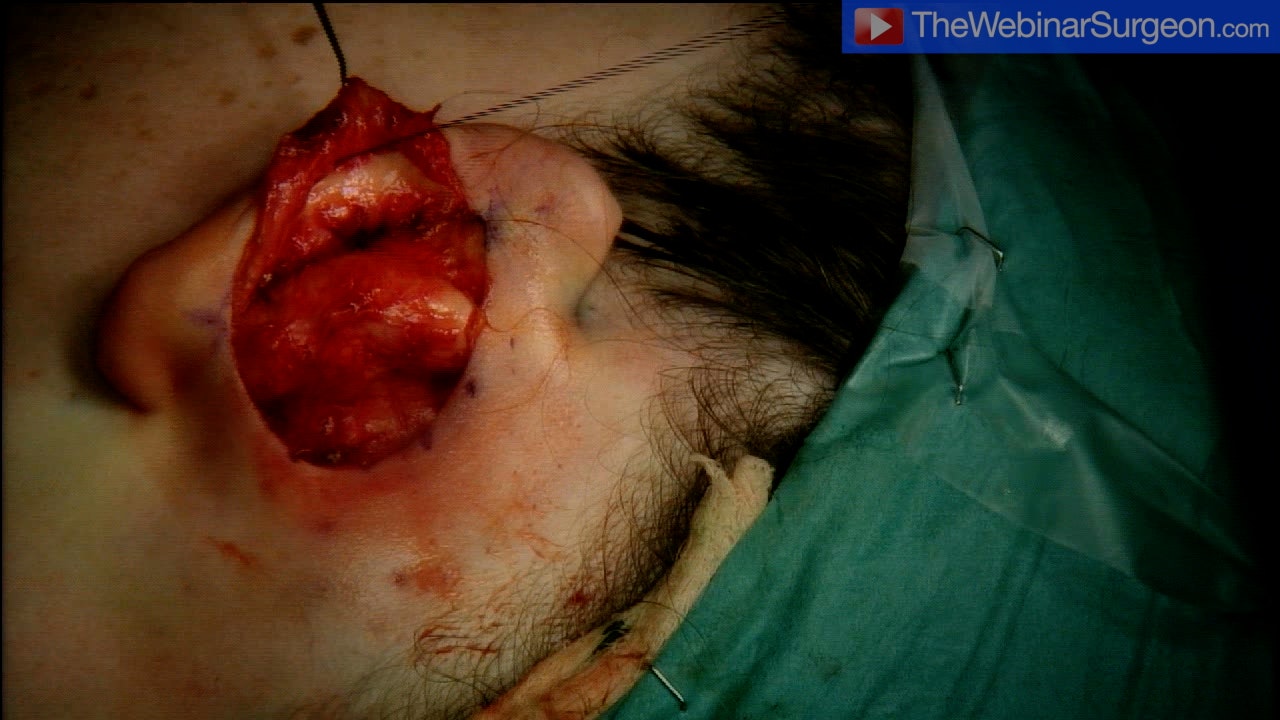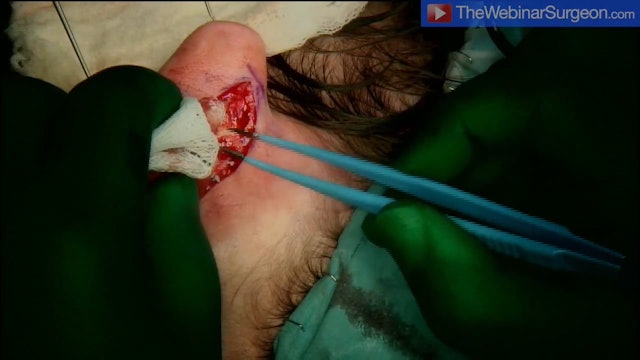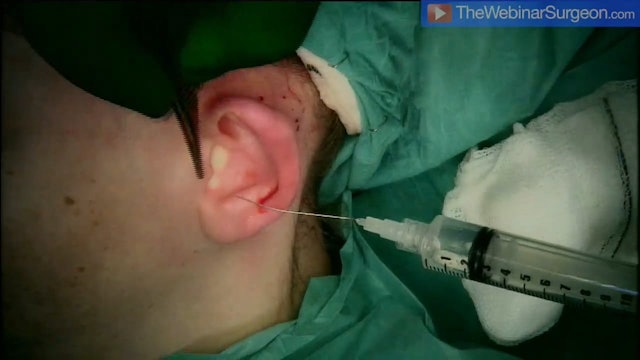Pinnaplasty
In these two excellent and fully descriptive surgical technique videos, the renowned Plastic and ear reconstruction surgeon Mr Tariq Ahmad, presents his Posterior Approach Pinnaplasty (correction of prominent ears) technique using resorbable polydioxanone (PDS) sutures.
Refinements of surgical technique requires an in-depth knowledge and understanding of not only the anatomy, but an appreciation of what the subject matter is and how the patient is motivated by the need for correction. In the case of a Pinnaplasty, this is often in young children. To consider changing accepted methods, the surgeon must know first-hand, the limitations of other techniques and how this impacts upon the patient.
This module is split into two live surgical videos, both Posterior approach Pinnaplasty in young patients. One is a young female patient, where we watch with considerable detail the planning, skin excision and fascial flap creation, posterior pocket dissection, neo antihelix construction and set back correction as performed by Mr Tariq Ahmad.
The other video, of a teenage male patient, allows you to follow the key elements for the posterior approach Pinnaplasty. With the posterior approach, the cartilage is not undermined or dissected at all on the anterior surface where the skin remains in full contact with the cartilage; this approach is therefore safer for the patient with less bruising and swelling and much less risk of damage to the cartilage.
Most posterior Pinnaplasty approaches use a permanent suture, with this technique by Tariq, a resorbable suture can be used if you follow the principles shown in this video. Make a posterior pocket and divide the muscle, push the muscle and all the soft tissue back along the post-auricular surface almost all the way to the hair line where you see the glistening surface of the mastoid fascia.
Having cleaned the posterior surface of the ear cartilage and similarly cleared the mastoid fascia, the cartilage and perichondrium of the conchal bowl is sutured directly onto and abutting in contact with the periosteum of the mastoid. If these two surfaces are together with no intervening soft tissue, a couple of PDS sutures will stick the two surfaces together with much less risk of recurrence.
A must watch module for all plastic, reconstructive and ENT surgeons.
-
Posterior Approach Pinnaplasty 1, Tariq Ahmad
TWS0045 This live surgery training video webinar of a teenage male patient allows you to follow the key elements for the posterior approach Pinnaplasty (correction of prominent ears).
With the posterior approach, the cartilage is not undermined or dissected at all on the anterior surface wher...
-
Posterior Approach Pinnaplasty 2, Tariq Ahmad
TWS0046 Most posterior Pinnaplasty (correction of prominent ears) approaches use a permanent suture; with this technique by Mr Tariq Ahmad, a resorbable suture can be used if you follow the principles shown in this video.
The patient in this live surgery training webinar is a young female. W...




